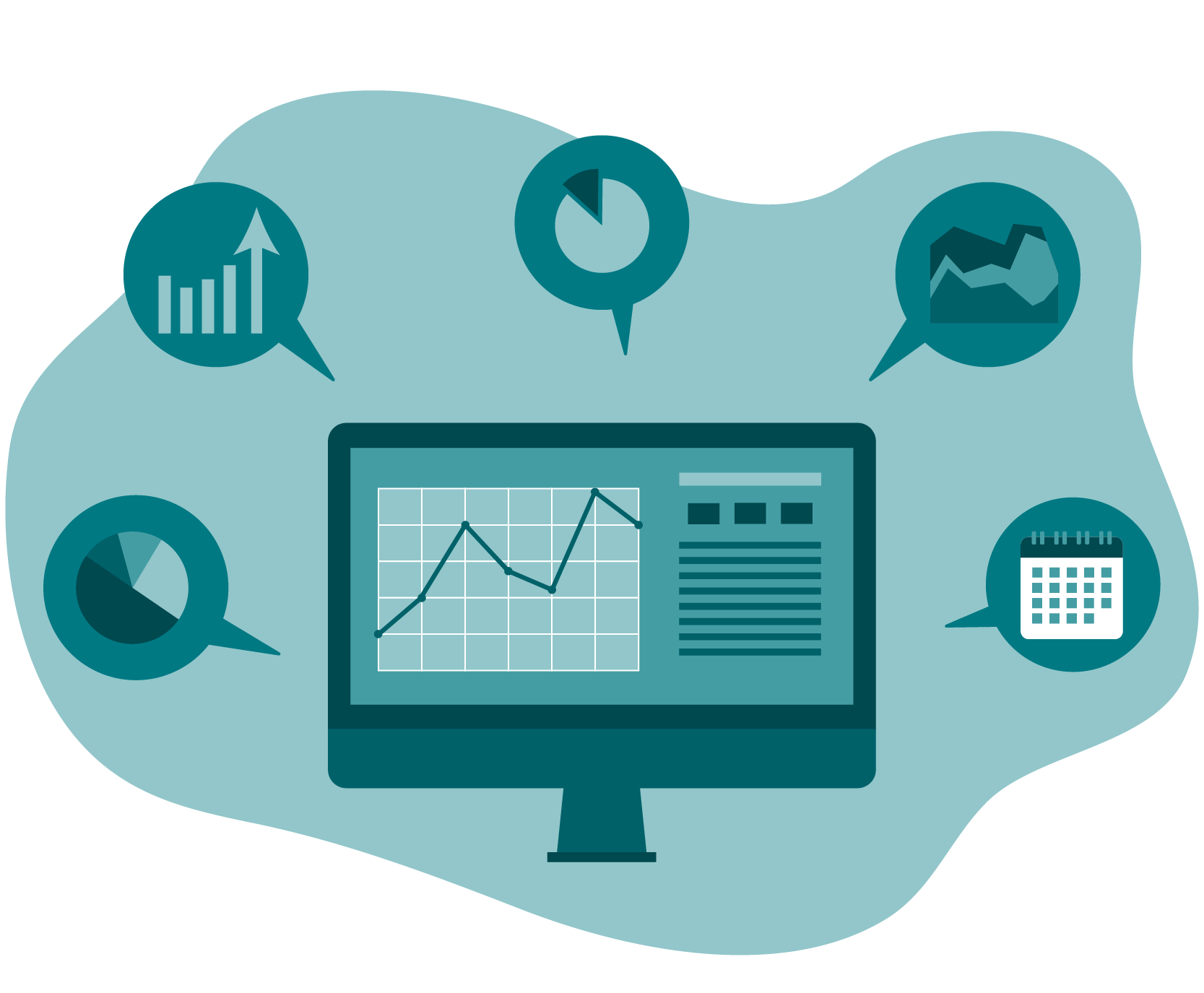FY20 Annual Report: Quality & Transformation
Tableau: Providing Direction and Driving Change

From synthesizing and organizing data sourced across the Johns Hopkins Health System, to monitoring metrics and supporting practices with quality improvement plans, the Johns Hopkins Community Physicians (JHCP) quality and transformation department is never without a constant stream of critically important work. That is why it is all the more impressive that in fiscal year 2020, the department maintained 19 Tableau dashboards — eight of which were developed in FY 2020 alone.
The quality and transformation department’s work with Tableau is integral to the safety, management and improvement of quality and operations across JHCP and Johns Hopkins Medicine. A data visualization tool, Tableau presents a digestible way for end users to see and interpret metrics. As Pam Mercer, senior director of quality and transformation, says, it helps to tell the story of where we are and where we need to be.
"It’s the first level of enacting change — for our team specifically, quality improvement analysts can look at the data and start working with individual practices who are struggling in certain domains."
Tableau’s audience is far reaching — it extends from executive leadership to providers, local leaders and clinic staff members. Part of its beauty is that dashboards are transparent — they are helpful for benchmarking at the practice and provider levels. There are also comprehensive overview dashboards, which provide a high level, at-a-glance view of performance. Dashboards are sorted by four categories: safety, patient experience, outcomes and value. Mercer adds that Tableau serves as the organization’s true north. “It’s the first level of enacting change — for our team specifically, quality improvement analysts can look at the data and start working with individual practices who are struggling in certain domains.”
Dashboards are diverse in the data they present, representing safety, quality outcome, patient experience and value metrics. Increasingly, the team develops dashboards to support specific projects and initiatives. Mercer and Sharon Svec, director of quality improvement data analytics, explain that new dashboards are born out of need, when a new question arises to understand performance or when priorities arise to reveal information gaps. The team creates dashboards for new or emerging programs. For example, a new one was created in FY 2020 to support the state’s Maryland Primary Care Program, and others were developed in response to new health care needs. COVID-19 fits the bill for the latter — three out of the eight new dashboards developed in FY 2020 can, at least partially, trace their roots back to the pandemic: COVID-19 Safety Auditor, COVID patient characteristics and Telemedicine Patient Experience Surveys. These new dashboards have become integral to ensuring the safety of Johns Hopkins Medicine’s patients and staff members.
The quality and transformation team is also focused on the maintenance and improvement of existing dashboards, specifically regarding automation. Svec says that when creating some of its early dashboards, the team had to rely on manual entry to meet tight turnaround times. “What we are doing now is working on the technical end to leverage Microsoft SQL Server, a database management software, so that Tableau can automatically refresh data on a scheduled timeline, saving a lot of manual intervention from our data analysts,” Svec explains.
As automation processes continue to be developed, and more dashboards are created, the quality and transformation team will continue to drive change and excellence at JHCP, Johns Hopkins Medicine and beyond.
